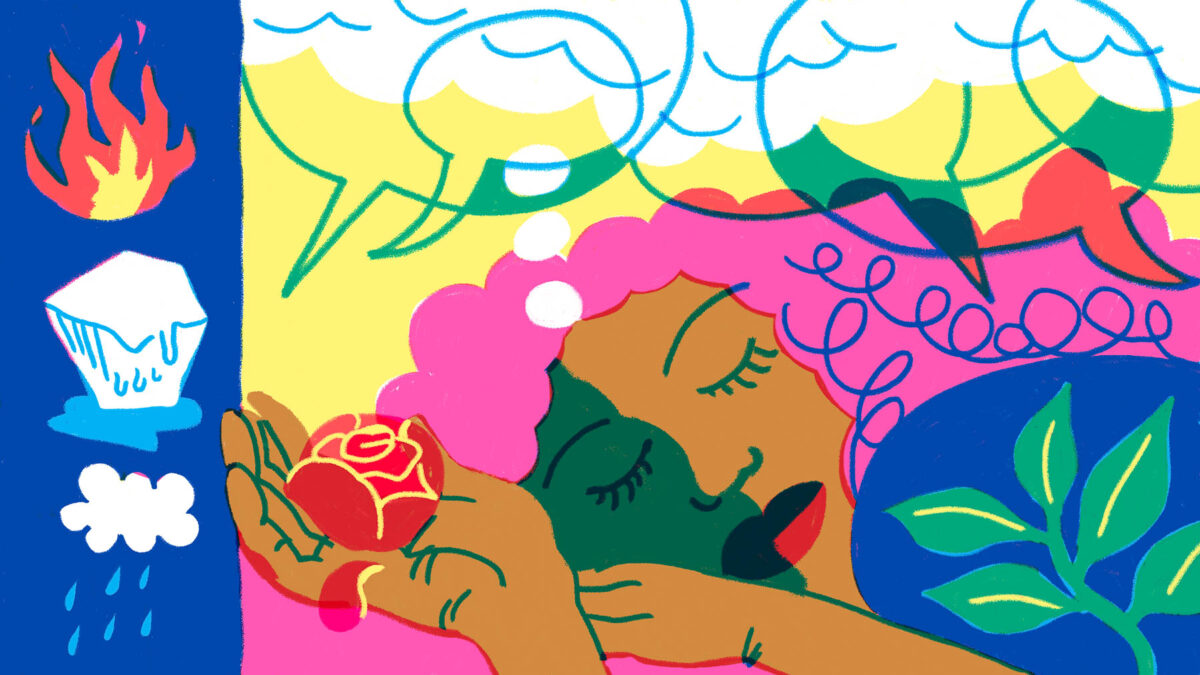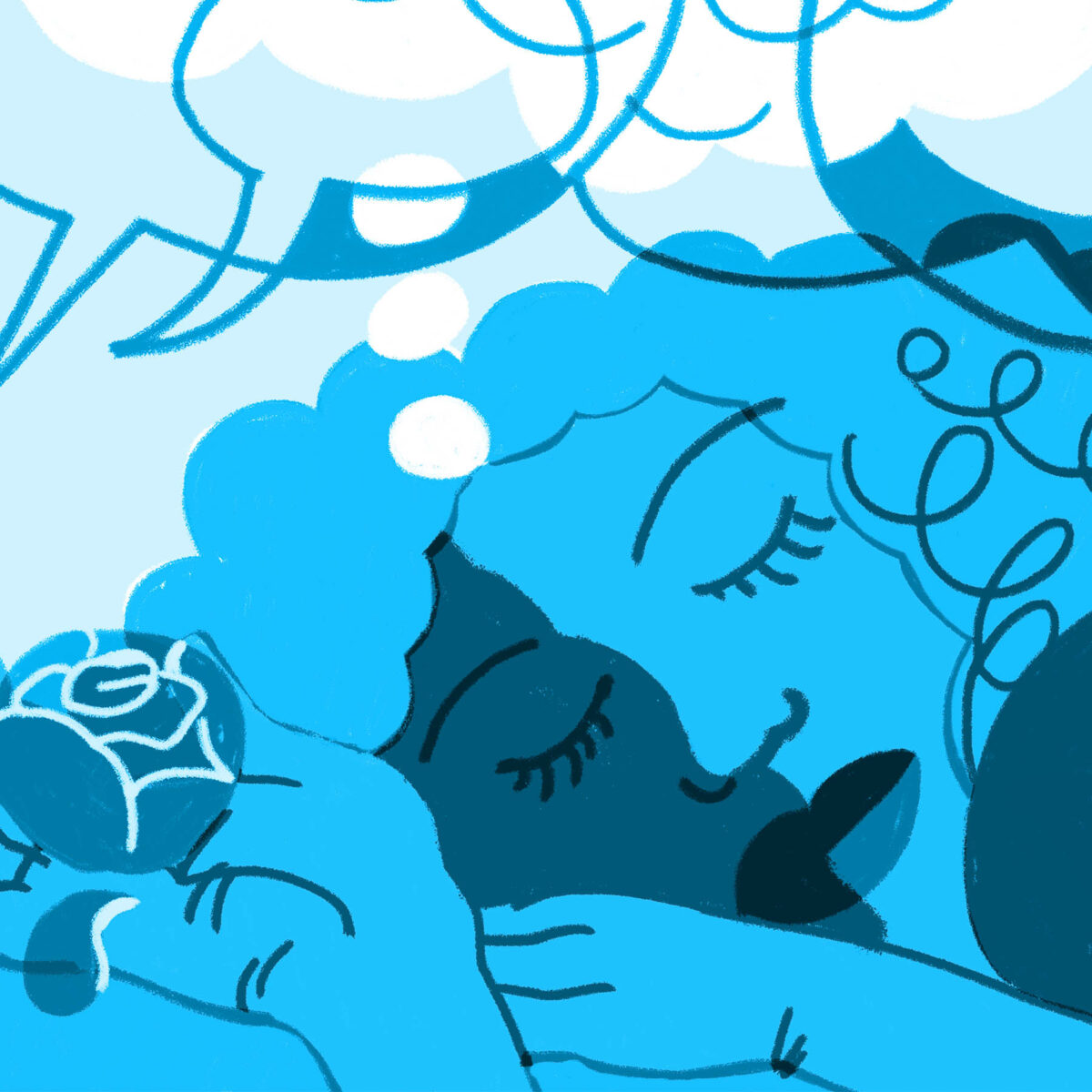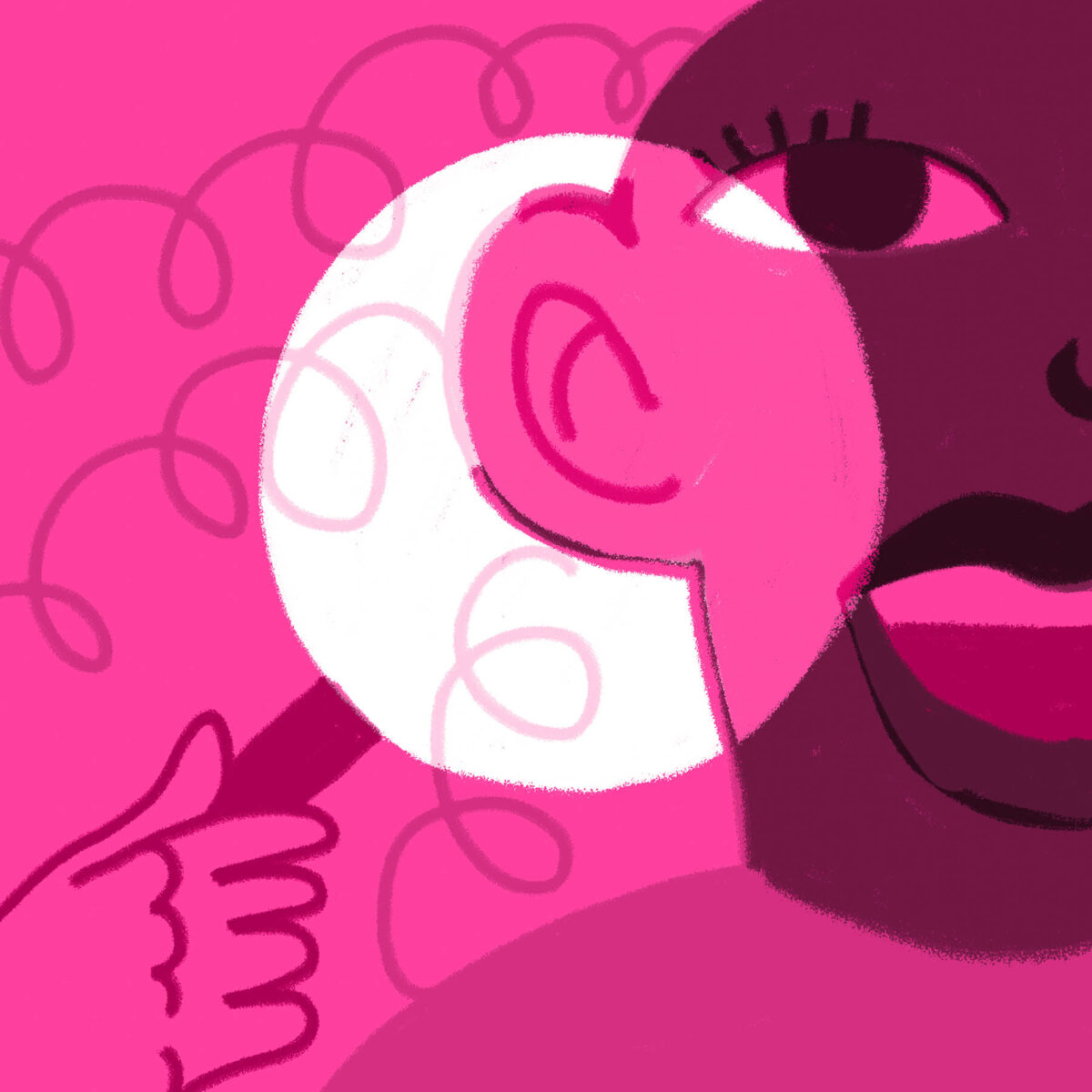Learning Objectives
By the end of this section, learners will:
- Understand Disability and Disabled artists’ work in context.
- Make connections between disciplines and Disability perspectives.
- Understand the connections and resonances that Disability arts can offer to all disciplines.
Thank you for your interest in Teaching with Disability Arts. My name is Dr. Jess Watkin, and I am a white settler queer Disabled Blind femme woman. My intersection of identities holds deep privilege, and I am always on a journey to be closer to anti-racism and decolonization, and to dismantle oppressive systems within myself and in the places I touch. I am inspired by the words of Octavia Butler:
All that you touch you change.
Octavia Butler, The Parable of the Sower (1993, p. 3)
All that you change changes you.
I am grateful and aware that my touch on the land, this module, my pedagogy, and everything I do has the potential to cause harm and I do my best to lead with care and friendship. It is in this spirit that I offer this material to you.
In this section I have crafted a collection of packages featuring the work of Disabled artists and resources to support learning in the areas of Feminism and Disability; Body and Disability; and Climate Crisis and Disability. This collection includes work by Disabled, d/Deaf, mad, fat, aging, and Indigenous artists and artists-activists who are part of the Bodies in Translation project or are members of our Artist Directory. These art pieces, learning materials, and readings are resources to enable educators to bring the work of Disabled artists into course content in scholarly and creative ways.
When I begin the process of creating a lecture, seminar presentation or workshop, I begin with these core questions:
- How do I want to feel, and how do I want the learners to feel?
- What do I need to allow me to do that, and what do the learners need?
- What are three key objectives or outcomes that each learner should begin to understand?
- Through the lecture, readings, and discussion, how can I support learners in understanding more?
I hope this module inspires you to create your own combinations for your classes and to integrate more Disabled artists into your course content. You can successfully integrate this content by seeking Disabled perspectives in relation to the content you teach; adding Disabled artist, scholar, and activist authors to your syllabi and reading lists; and use active learning activities to engage students.
Why Capitalize Disability?
In my writing, I capitalize the term Disability to emphasize and associate the word with the culture of Disability, and to visually disrupt normative reading space.
Jessica Watkin
Author
Jessica Watkin
Contributors
- Eliza Chandler
- Elisabeth Harrison
- Jodie Salter
- Ingrid Mündel
- Lilith Lee
Illustration by Josephine Guan of a sleeping woman with curly, pink hair and light brown skin. She is dreaming, with multiple thought and speech bubbles floating like clouds above her head. One of her hands is open and a red rose rests on her palm. To the left of the image in a blue panel are symbols of fire, a melting glacier, and a rain cloud.









